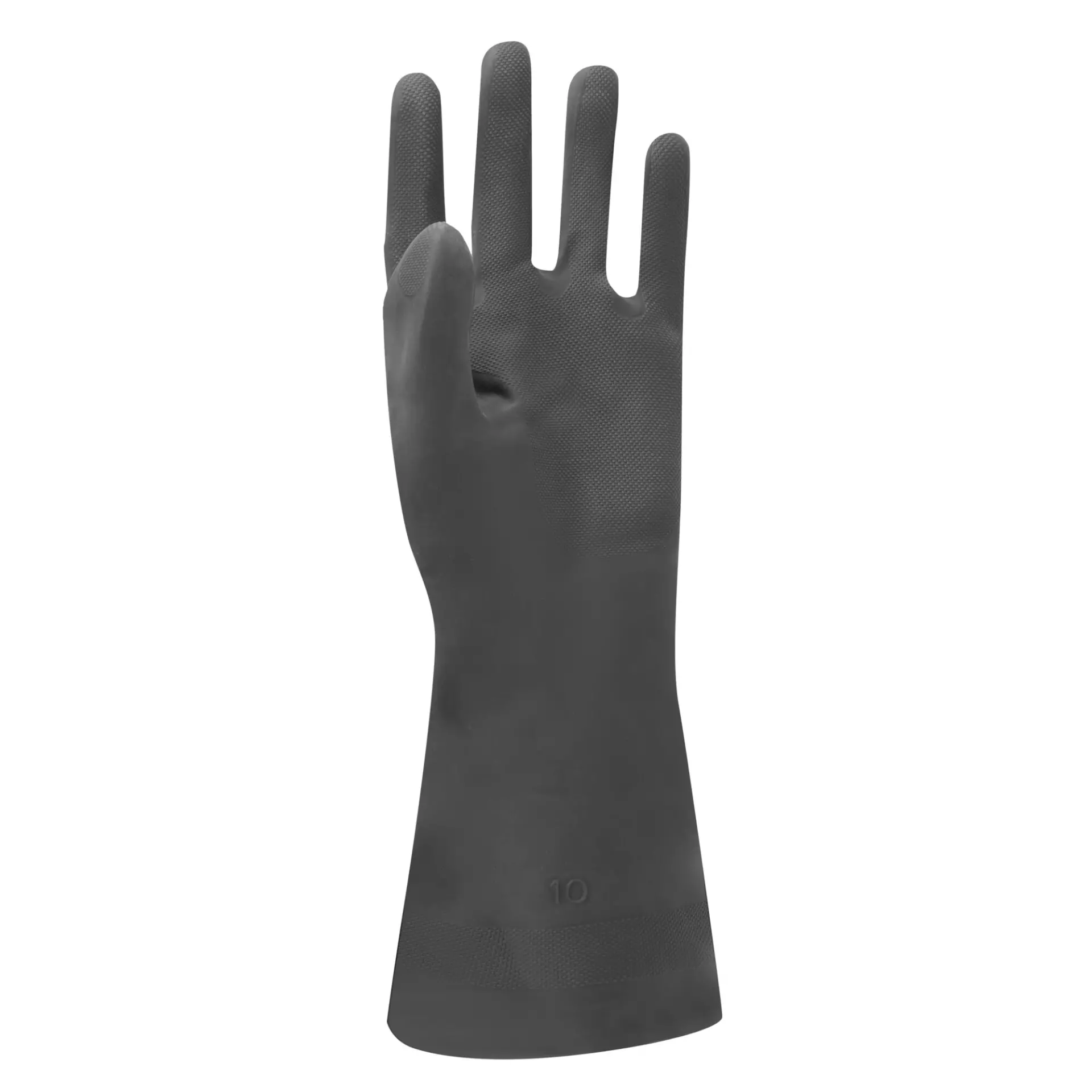
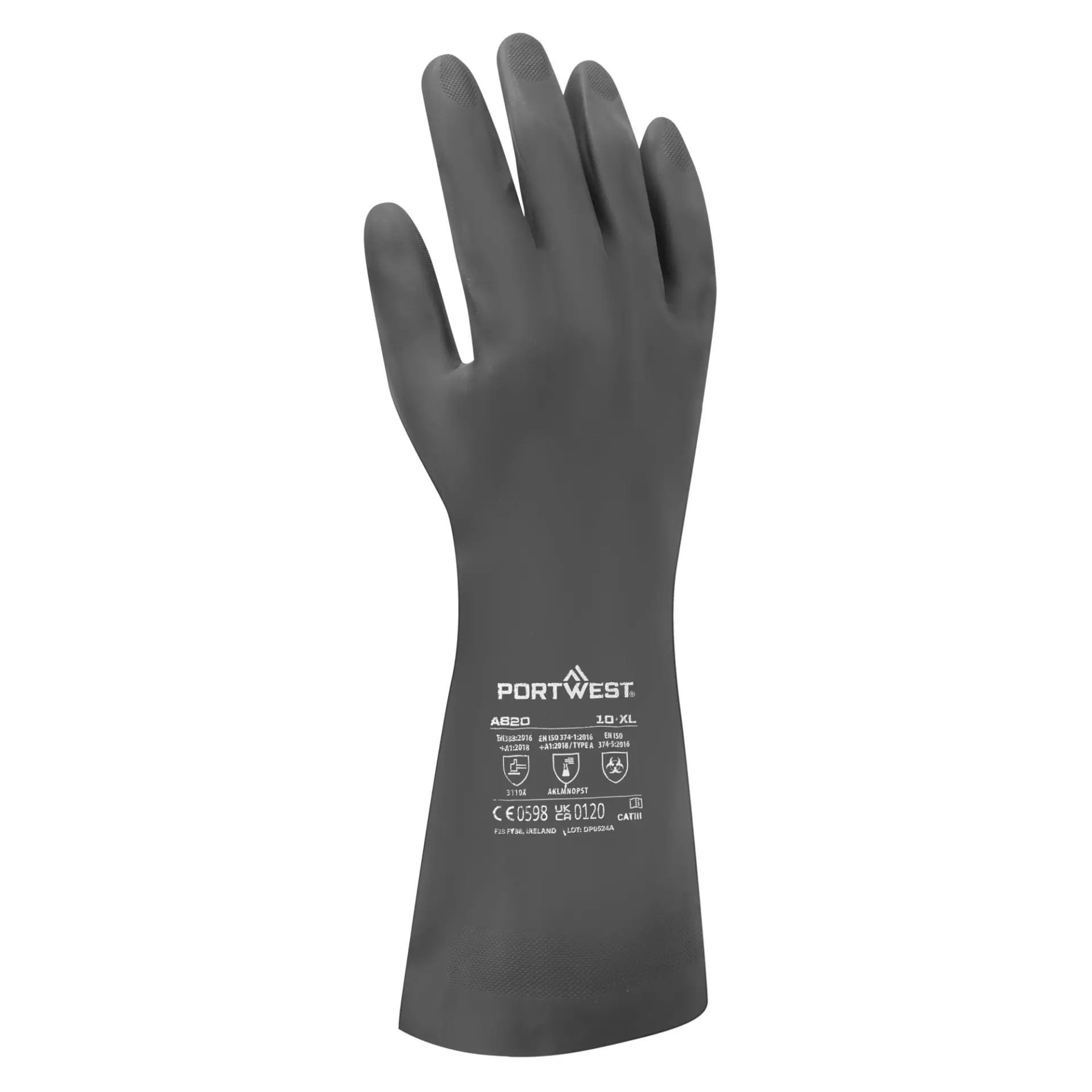
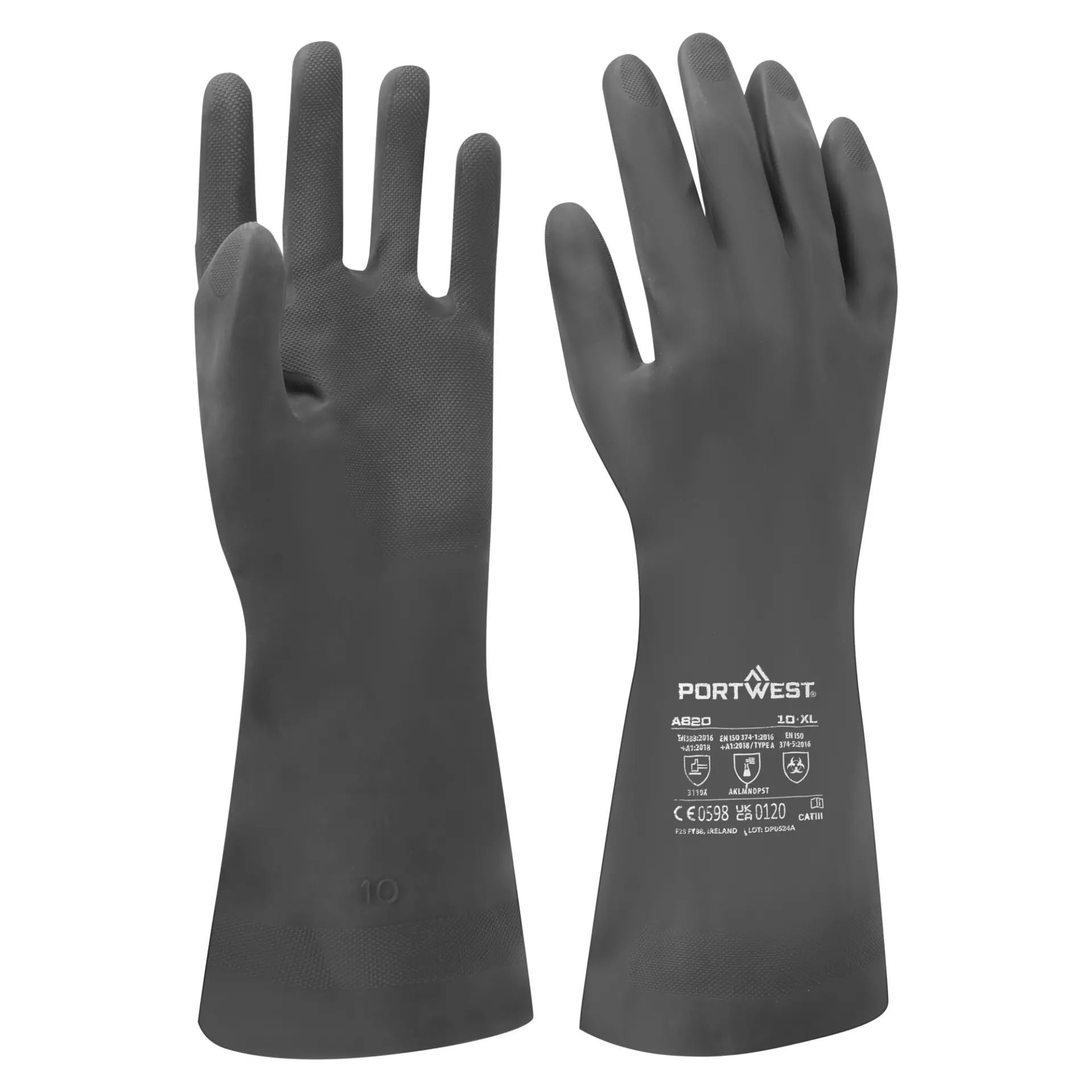
Features You'll Love
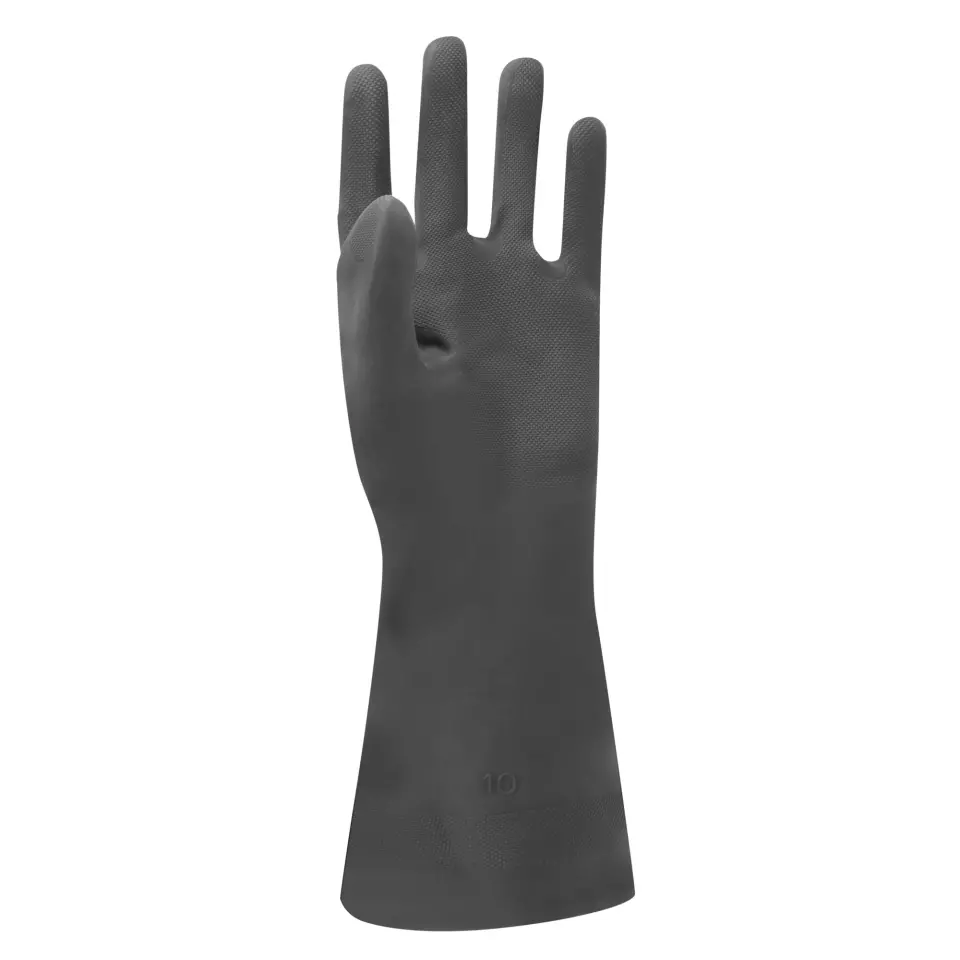
Grip Finish · Textured
The surface texture or coating on the palm and fingers that determines how securely the gloves can grip tools, materials, and surfaces during work tasks.
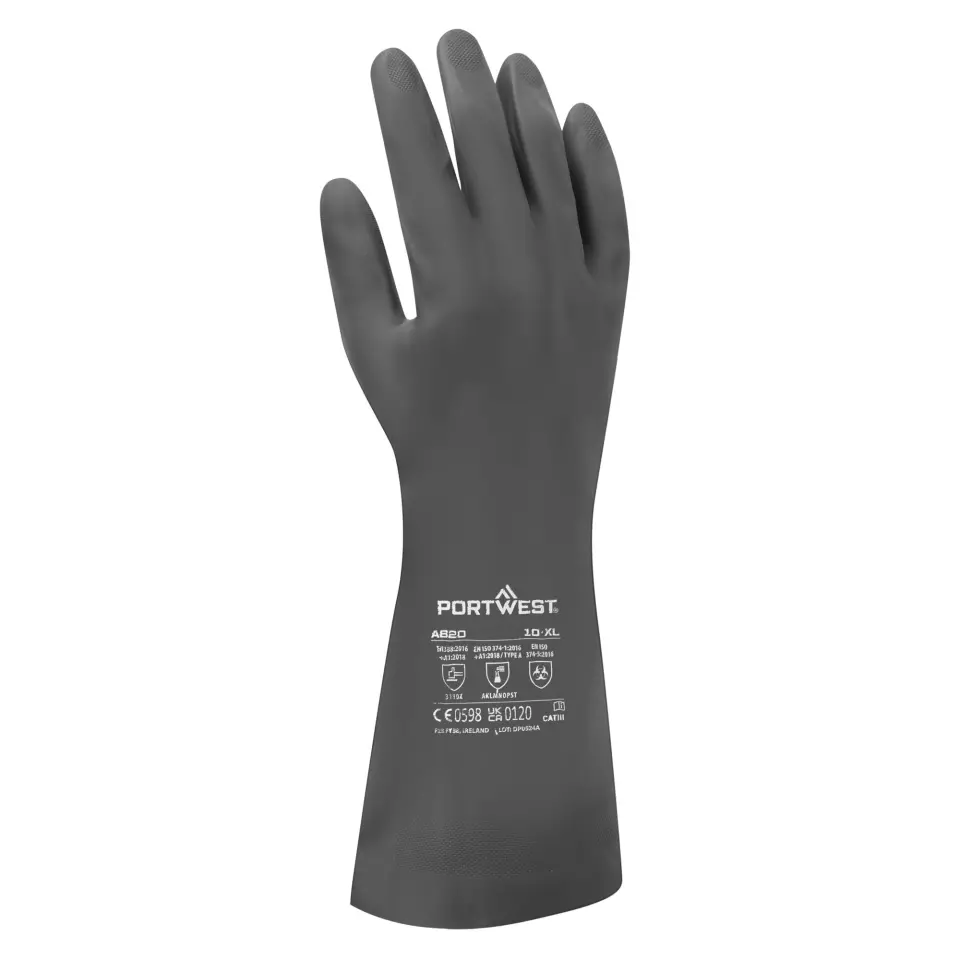
EN 388 · Abrasion Resistance Level 3, Tear Resistance Level 1, Puncture Resistance Level 0
Provides good resistance against scraping, scratching, and rubbing on rough or abrasive surfaces.
Provides basic resistance against snagging or catching on rough surfaces, offering minimal protection from tearing.
Offers no protection against puncture hazards.
Portwest
Neoprene Chemical Gauntlet, Black, 12 pairs
Neoprene Chemical Gauntlet, Black, 12 pairs
5 / 5
790,73 kr
Price per 12 pairs
65,89 kr / pair
Choose size
Free delivery
Features You'll Love

Grip Finish · Textured
The surface texture or coating on the palm and fingers that determines how securely the gloves can grip tools, materials, and surfaces during work tasks.

EN 388 · Abrasion Resistance Level 3, Tear Resistance Level 1, Puncture Resistance Level 0
Provides good resistance against scraping, scratching, and rubbing on rough or abrasive surfaces.
Provides basic resistance against snagging or catching on rough surfaces, offering minimal protection from tearing.
Offers no protection against puncture hazards.
Product description
This 380mm neoprene rubber gauntlet provides comprehensive protection against acids, caustics, alcohols and many solvents for chemical handling applications. Featuring specially formulated chloroprene rubber construction with 0.78mm thickness, the gauntlet offers enhanced grip through its textured anti-slip pattern in both wet and dry conditions. The cotton flock lining absorbs perspiration for improved comfort during extended use, while meeting multiple EN ISO standards including Type A chemical protection and dexterity level 5.
Product Features:
- Cotton flock lining to absorb perspiration
- Anti-slip textured pattern for enhanced grip in wet and dry conditions
- Specially formulated rubber chloroprene construction
- Chemical resistant gauntlet design
Technical Details:
- 0.78mm thickness
- 380mm length
- CE certified
- Dexterity level 5
Standards:
- EN ISO 21420: 2020 Dexterity 5
- EN 388: 2016 + A1: 2018 (3110X)
- EN ISO 374-1:2016 + A1:2018 Type A (AKLMNOPST)
- EN ISO 374-5:2016 Micro Organisms
- EN ISO 374-5:2016 Virus